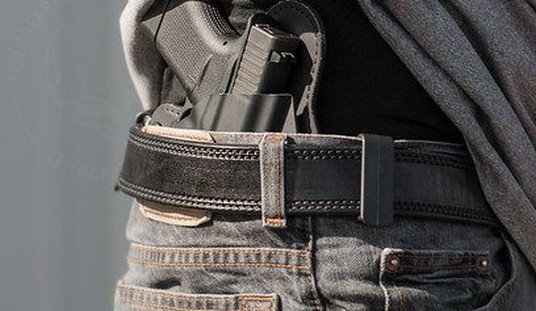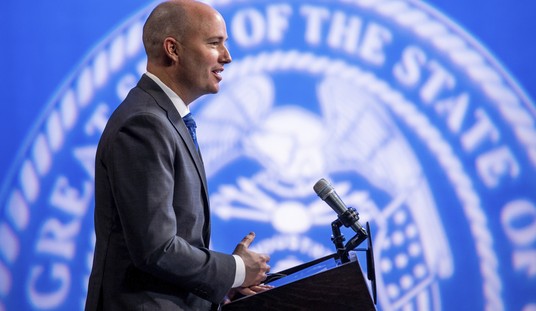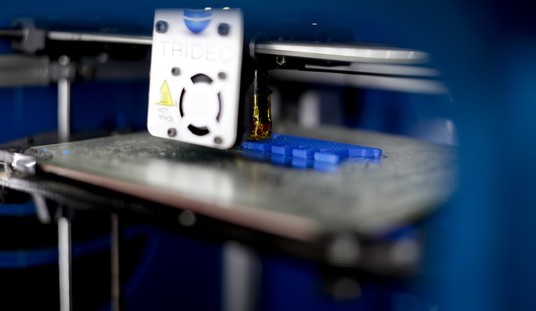The body camera video released yesterday as evidence in the up-coming 2nd degree murder trials of two Louisiana police officers isn’t particularly graphic, but it nonetheless heartbreaking.
Police have released body camera footage showing two officers firing on a car and killing a six-year-old boy in Louisiana.
Jeremy Mardis was fatally shot by officers Derrick Stafford, 32, and Norris Greenhouse Jr, 23, last November in Marksville as they pursued his father, Chris Few.
Prosecutors and defense attorneys previously described in writing how the footage depicts the shooting, which stops less than a minute into the video.
The rest of the 14 minutes of footage shows the aftermath of the shooting, as the officer with the body camera checks on the lifeless body of Jeremy Mardis while his critically wounded father lies bleeding on the pavement.
When the news media covers an officer-involved shooting, they almost always get it wrong. They simply don’t have the defensive firearms training or grasp the nuances of firearms laws, or recognize what information officers are keying off of in a deadly force encounter which influences their decision to open fire. As a result, they almost always overplay how bad a shooting is, and often portray even clearly justifiable self-defense shootings by officers as criminal acts.
The shooting the critically injured Christopher Few and killed his six-year-old autistic son is one of those rare instances where they underplay just how bad an officer-involved shooting really was.
https://youtu.be/NDe6SQqzHUI
The video from the body camera shown above shows the end of a several-mile police pursuit. What still isn’t clear almost a year after the incident is why Stafford and Greenhouse began the pursuit. Originally, they claimed that Few was wanted on an outstanding warrant, but he did not have any warrants out for his arrest.
In any event, Few fled officers, drove down a road that ended in a heavy metal gate access gate, and turned onto a narrow dead-end side road or driveway. Noticing that there was no outlet, Few put his vehicle into a reverse and began backing up.
A body camera worn by Sergeant Kenneth Purnell captured the video above and some audio of Stafford and Greenhouse firing.
Purnell did not discharge his handgun. Neither did Lieutenant Jason Brouillette.
What some may mistake for recoil is merely the impact of Purnell jostling the camera as he moves forward, then backward as Stafford and Green open fire from his left.

Purnell’s body camera shows that Few was not backing up his vehicle towards officers or attempting to use it as a weapon. He was merely trying to escape.
There was no plausible legal reason for them to open fire as the vehicle was backing up.
None.

More chillingly, it shows that they continued to fire even after Few had his hands raised and the vehicle had stopped. Stafford and Greenhouse fired a total of 18 rounds into the vehicle. Few was hit twice and critically injured, with the hits seeming come after the vehicle stopped and his heads were up.
Few’s son, six-year-old Jeremy Stafford, was struck five times in the back seat of the vehicle and was killed instantly.
Not only was their decision to shoot completely unjustifiable, their accuracy was horrific, spraying the entire passenger compartment of the vehicle, hitting and killing a small boy several feet removed from their target at relatively close range, inside 10 yards.
Usually the “bad” officer-involved shootings we cover are a matter of 1-2 shots being fired that slip over the borderline of legality, but there is some element of the shooting that can be argued as a gray area. Other times, there are unknown factors, or confusion on the part of the officers, such as when the Chicago officer who shot Paul O’Neal thought O’Neal was armed because he was taking incoming fire (which was actually coming from other officers who violated department policy, but not, apparently, any laws).
Literally nothing in this video justifies a single one of the 18 rounds fired.
Fews’ vehicle was simply not being used as anything approaching a threat.
Prosecutors released the video yesterday to support their contention that Stafford had a pattern of using excessive force.
Colonel Michael D. Edmunson, head of the Louisiana State Police, says that the shooting is the most disturbing he’s seen.








Join the conversation as a VIP Member